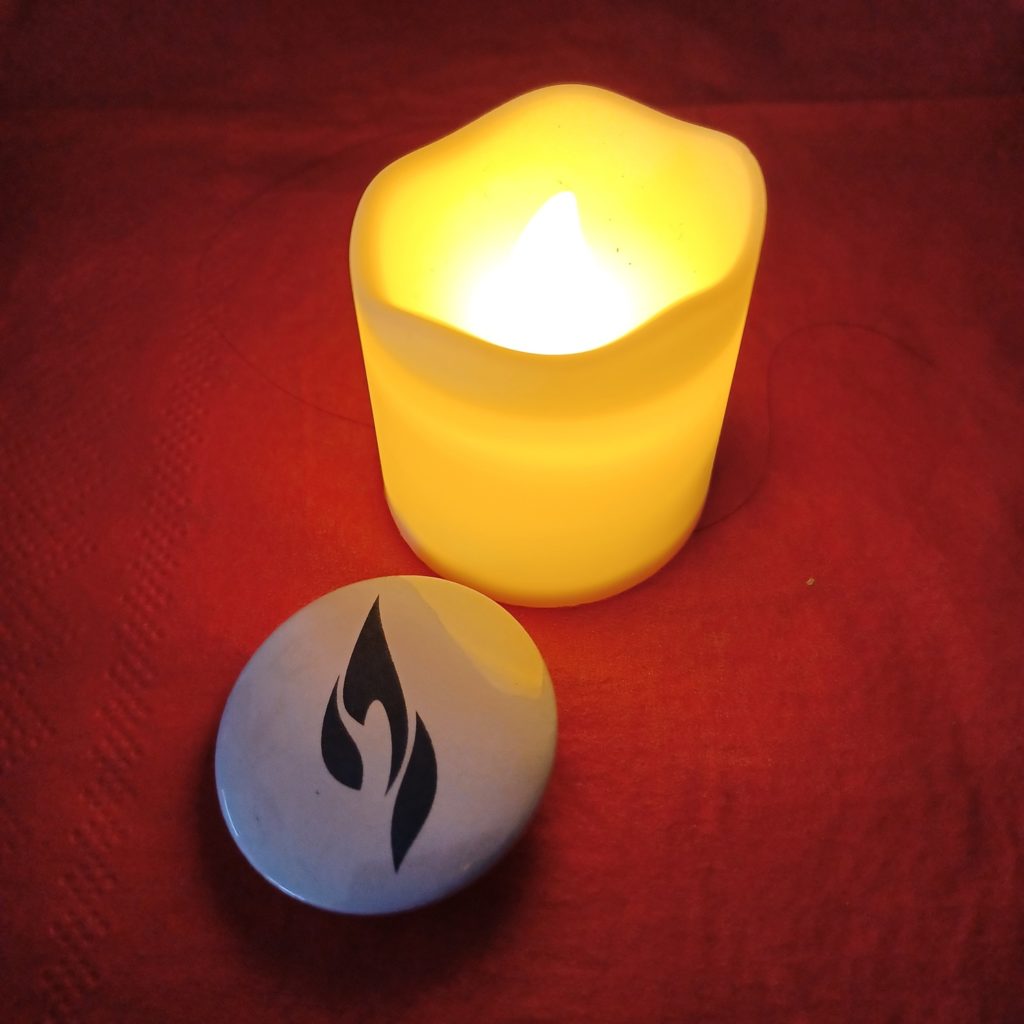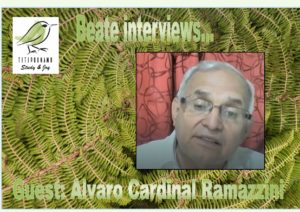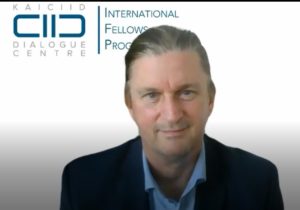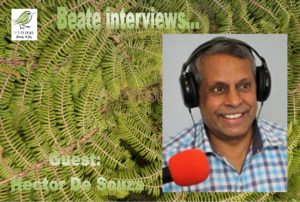Kwibuka 30 – remember, unite, renew. A service in memory of the victims of the 1994 Genocide against the Tutsi.
Auckland, 20 April 2024
It was an honour and a privilege to have been invited to join my Rwandan friends for this special memorial service.
The words spoken, and the memories shared were so moving and challenging – and fit amazingly into today’s world in which it seems like the divisiveness between people and groups are growing by the day.
The guest speakers at the event were Her Excellency, governor General Dame Cindy Kiro GNZM QSO DStJ, His excellency Jean de Dieu Uwihanganye (High Commissioner of Rwanda to New Zealand), Clare de Lore, Lady McKinnon (Honorary Consul General of Rwanda), Hon Andrew Bayly (representing the New Zealand Government) and Colin Keating (former New Zealand’s ambassador to the UN Security Council).
Looking back at the genocide in Rwanda all speakers agreed that the narrative about what was happening in this small landlocked Central African country was one of the divisive points among world leaders. While the killing was sometimes described as acts of angry revolts or disorganised groups, it became clear that a genocide was carried out. Clearly planned and organised.
Denying this fact made things worse. As Dame Cindy Kiro said: “There is nothing like a cliché to dishonour the dead.” She reminded all to remember and not turn away from the suffering. Suffering needs to be dealt with generosity and compassion.
In April 1994, a plane carrying the presidents of Rwanda and Burundi was shot down over an airport in Rwanda. The event marked the beginning of the genocide. Within 100 days, more than 800,000 people were killed.
New Zealand had come into the UN Security Council in 1993 and was at its helm when the genocide unfolded. Colin Keating, who was then New Zealand’s ambassador to the UN Security Council, realised that a genocide was going on in Rwanda and called for international intervention. He asked on behalf of New Zealand for the UN to stop the genocide, but too many major powers were reluctant to do so. In 1994, the world had to deal with two genocides happening at the same time: one in Rwanda and the other one in Bosnia.
Colin Keating reflected on the roots of genocides which often grow in dark places, in grievances in societies by spreading conspirative theories, by spreading lies about minorities who are poor and marginalised, and often to the benefit of some powerful and wealthy people.
History also shows that countries that seem to be on a positive track can slip back to hatred, and it is therefore crucial that lessons are learned, and horrible experiences are not repeated.

The path from the genocide to reconciliation, forgiveness and re-built has been long and is ongoing. However, the Rwandans have proven to be strong and resilient and united in this huge task to work for lasting peace.
In a short documentary film, “From Despair to Hope”, that was presented at the memorial service, and that described the journey from the beginning of the genocide to today’s modern Rwanda, witnesses and survivors were interviewed. Many of them have only now, 30 years after the atrocities, found the strength and courage to speak up. The hurt, the scars are too deep.
As the High Commissioner of Rwanda to New Zealand, Jean de Dieu Uwihanganye, pointed out, the reconciliation process followed traditional mediation systems. The people didn’t use high courts to convict perpetrators, but rather used the power of forgiveness.
There are many examples of aggressors who took the courage to meet with people whose family members they had killed. They repented, apologised and tried to find ways of building peace with the survivors. Some wounds are not healed by time, but reconciliation can relieve the burden.
Jean de Dieu Uwihanganye knows that the horror of the genocide is still a scar on Rwandans, and it is only now that some survivors are starting to tell their stories. However, it is difficult. The moment they are being reminded, they often can’t talk.
During the genocide in Rwanda the world looked away. Today there are many genocide memorials in the country to remember the victims. Among these memorials are five that made it onto the UNESCO list of World Heritage Convention: Nyamata, Murambi, Gisozi and Bisesero.
The victims of the genocide are commemorated in a serial property composed of these four memorial sites. Two of the component parts were scenes of massacres: a Catholic church built in the hill of Nyamata in 1980 (more than 45,000 Tutsis are buried in the Nyamata genocide memorial site including more than 10.000 who were killed in the church and its surroundings), and a technical school built in the hill of Murambi in 1990.
These memorials are important. As Jean de Dieu Uwihanganye pointed out, the denial of the genocide is the last stage of a genocide.
Many of the Rwandans at the event were born after the genocide. They have come to New Zealand with their parents or were born here. Some parents might try to shield their children from the horrific events, but the children need to know – and the world needs to be reminded of failures in the past, and to learn from them.
Dame Cindy Kiro described the challenges of those who are suffering and the denial of those who could act with the words: “The opposite of love is not hatred but indifference.”
BM



